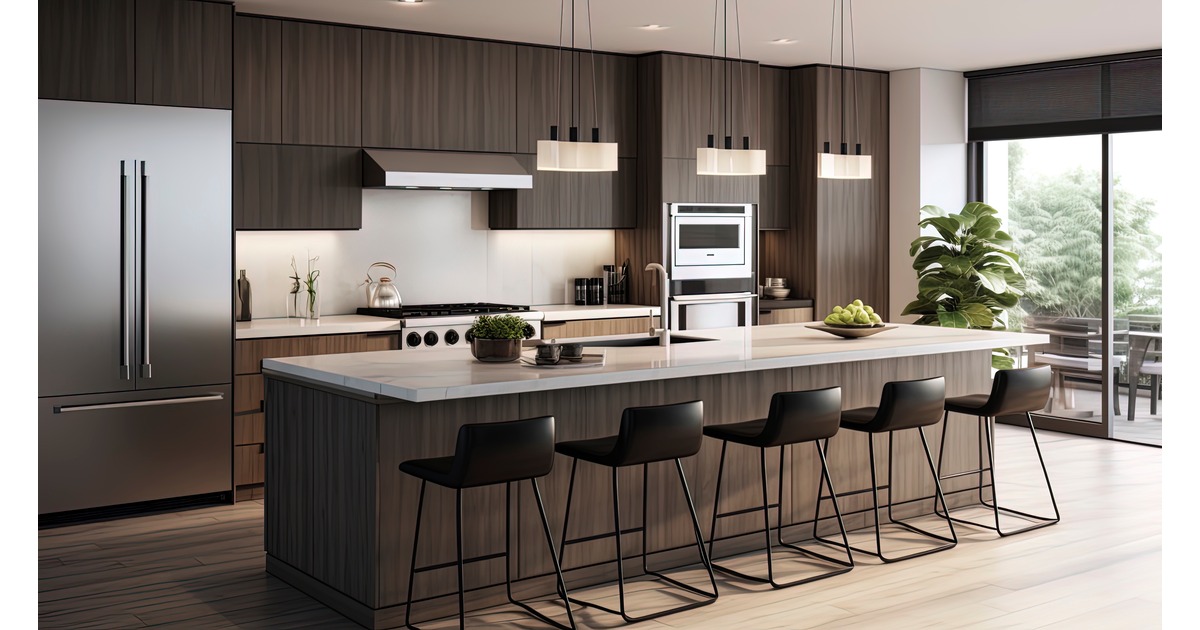Cabinet hardware plays a crucial role in both the functionality and aesthetics of your cabinetry...
Innovations in Cabinet Design: Trends to Watch

The cabinetmaking industry is continually evolving, with innovative designs and technologies reshaping the way we think about storage and space utilization. These innovations are driven by a mix of technological advancements, changing consumer preferences, and a renewed focus on sustainability and efficiency. In this blog, let’s explore some of the leading trends in cabinet design that are set to redefine the industry standards.
1. Sustainable Materials and Eco-friendly Designs
Sustainability is no longer just a buzzword; it’s a principle guiding modern cabinet design. The industry is seeing a rise in the use of eco-friendly materials and sustainable manufacturing practices.
-
Recycled and Reclaimed Wood: Utilizing reclaimed or recycled wood is becoming popular for its unique aesthetic and environmental benefits.
-
Low VOC Finishes: The demand for finishes and adhesives with low volatile organic compounds (VOC) is increasing, contributing to healthier indoor air quality.
2. Smart Cabinetry: A Blend of Technology and Convenience
The integration of technology into cabinet design is creating smarter, more convenient solutions for users.
-
Built-In Charging Stations: Cabinets with integrated charging ports allow users to charge devices conveniently.
-
Touchless and Soft-Close Mechanisms: Advanced mechanisms are enhancing user experience with easier, quieter, and more efficient operation.
3. Minimalistic and Modular Designs
The minimalistic design trend prioritizes simplicity, clean lines, and functionality, often with modular components allowing flexibility and customization.
-
Seamless Fronts: Cabinets with handleless designs and seamless fronts offer a sleek, uncluttered look.
-
Adaptable Modules: Modular cabinets can be rearranged, adapted, or expanded to suit changing needs and preferences.
4. Multifunctional and Space-Efficient Solutions
With urban living spaces shrinking, there is a growing need for cabinets that offer multiple functionalities and optimize available space.
-
Pull-Out and Fold-Down Units: These designs provide additional workspaces or storage when needed and can be concealed when not in use.
-
Corner and Vertical Drawers: Innovations in drawer design are maximizing storage in traditionally underutilized spaces.
5. Personalized and Bespoke Creations
The demand for personalized and bespoke cabinets is on the rise, allowing individuals to have a say in the design, material, and functionality of their cabinets.
-
Custom Material and Finish Choices: Offering a variety of materials and finishes enables users to tailor cabinets to their aesthetic preferences.
-
Client-Centric Design Process: A collaborative design process ensures the final product aligns with the client’s vision and needs.
Conclusion: A Future of Innovation and Individuality
The cabinetmaking industry is at a pivotal point, with innovations in design, materials, and technology shaping the future landscape. Sustainability, personalization, and smart integrations are more than just trends; they represent a shift in consumer expectations and industry norms. By staying abreast of these developments, cabinetmakers can meet the evolving needs of their clients and contribute to shaping the future of cabinet design.
Choosing the best CNC software is also a trend that will not be slowing down anytime soon. As you deliberate your options, consider Easel Cabinetmaker for its ease of use, comprehensive features, and continuous commitment to improvement.



